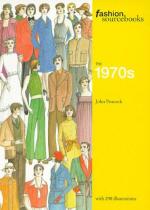|
This section contains 815 words (approx. 3 pages at 300 words per page) |

|
Day care became an important social trend in the 1970s as both the number of single parents and working women with young children dramatically increased. The percentage of children in preschool programs rose from 27 percent in 1966 to 55 percent by 1986, or approximately five million American children. Most of these nursery schools, Montessori schools, and day-care centers were private schools or nonprofit community and cooperative agencies, although proprietary and franchise daycare services became popular. Preschool programs operated on the concept of play as a form of education, alternating structured activities directed by a teacher with supervised play. Besides caring for children while parents were working, day care was a bridge between the family and society, preparing children to enter elementary school. Children from low-income families were eligible for the Head Start program begun in 1965 with 3,300 centers serving more than 550,000 children. It grew throughout the 1970s to...
|
This section contains 815 words (approx. 3 pages at 300 words per page) |

|




